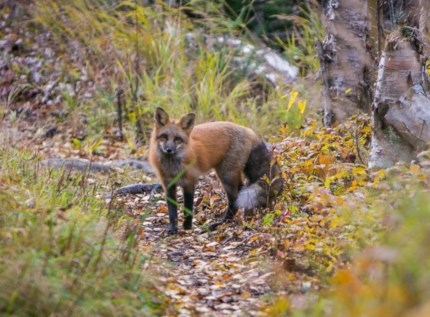Last updated: December 7, 2020
Article
Voyage of Mammals

NPS
Many common mammals found along the shores of Lake Superior are conspicuously absent from Isle Royale. There are no porcupines, skunks, raccoons, and bears do not call this place home even though there seems to be suitable habitat for them. Why would this be?
The answer is found in what surrounds Isle Royale - Lake Superior. Any mammals that reach the island must cross the lake's icy waters, a trip of at least 14 miles. Some mammals are better adapted to making such a crossing than others. Bats can fly over. Good swimmers, like moose, may swim. Mammals that can walk long distances, like the wolves, can cross Lake Superior when it freezes. Other mammals, like bear, do not swim long distances and are hibernating through the coldest months. Some mammals like porcupine stay awake all winter, but would not make such a long journey. Because reaching Isle Royale is so difficult, even mammals that can make the trip rarely do so. Today, only 18 species of mammals can be found on Isle Royale, compared to more than 40 on the surrounding mainland.
A little over a hundred years ago, a survey of the island's mammals would have resulted in a list quite different from the present. Wolf and moose would be noticeably absent. Caribou would represent the large prey species while coyote and lynx would serve as the predators. The web of life on Isle Royale is ever-changing. This ecosystem may not be as simply as it first appears.
Learn more about the world's longest predator-prey study (Wolf and Moose) on Isle Royale.
See the full list of Isle Royale mammals
